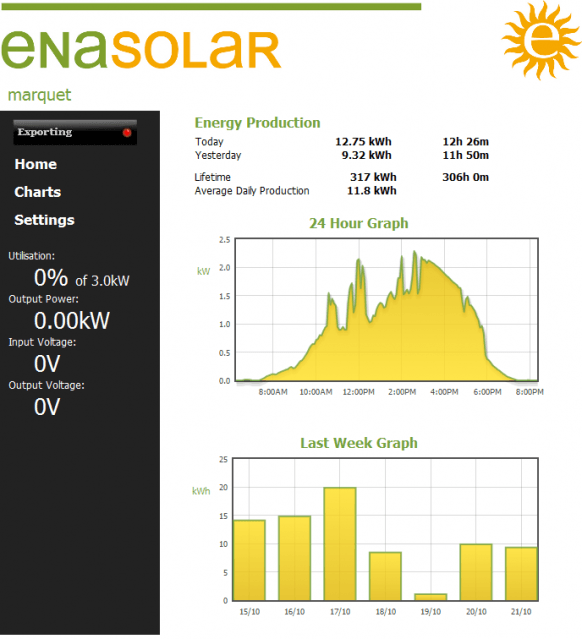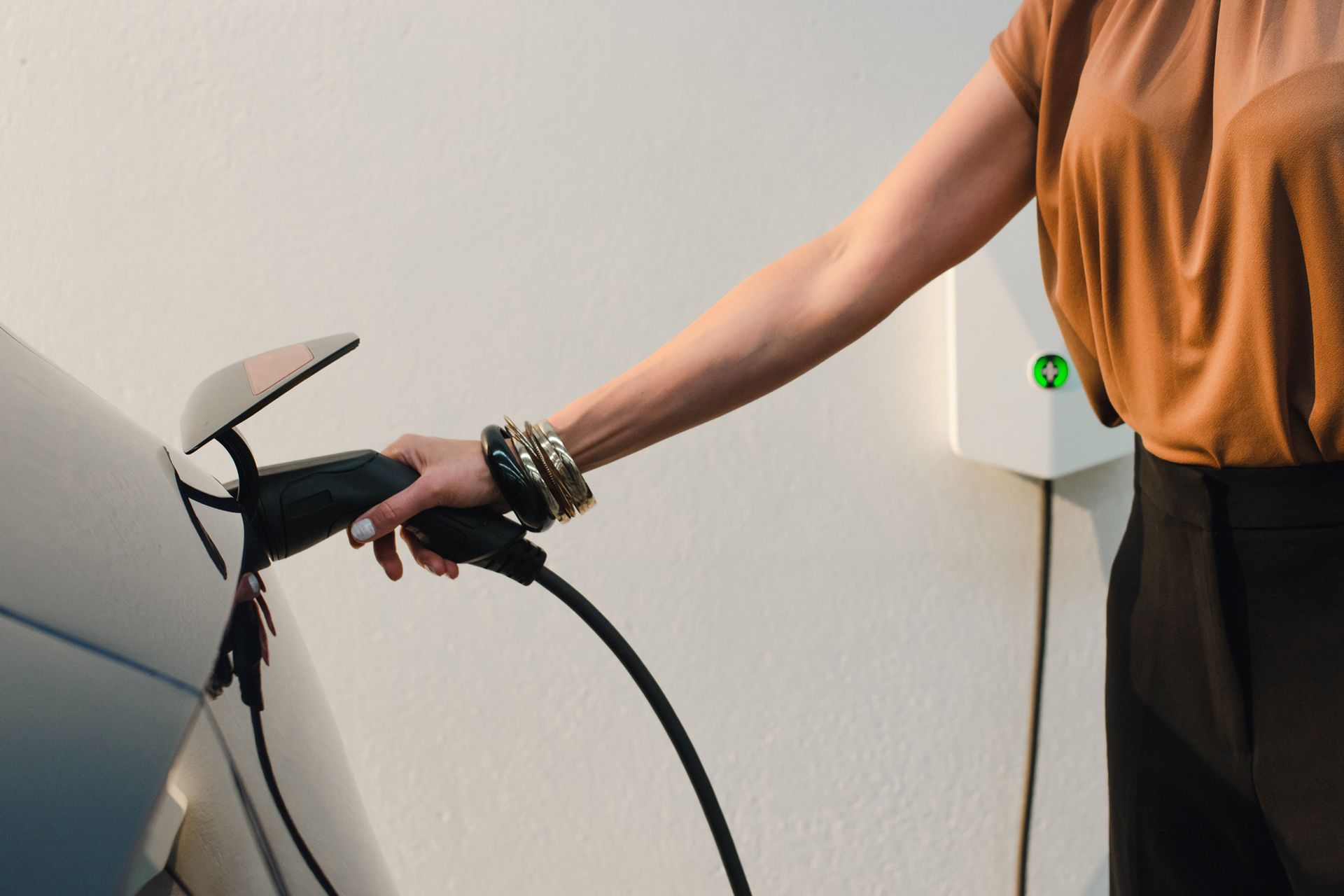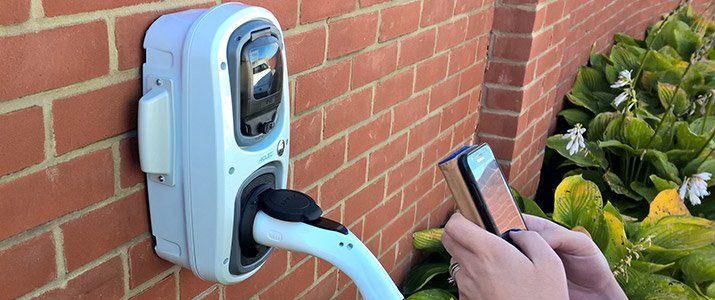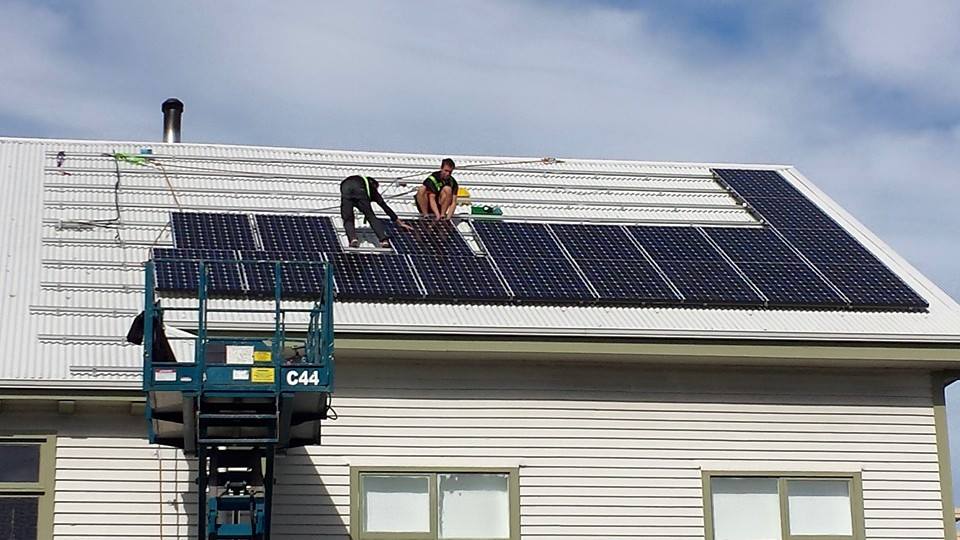COVID-19 update: Canterbury Power is fully operational at Alert Level 2. We are following New Zealand government health guidelines on social distancing, hygiene and contact tracing to keep our clients and our team members safe. Please contact us if you have any questions or concerns.
CPS Blog
CPS Blog

10 Nov, 2013
You’d be forgiven for thinking that free solar energy that you can track from your smartphone is either too expensive or a long, long way away. The good news is that neither of these is true! In the run-up to the Canterbury Home Show, we thought it would be a great idea to have a first-hand case study. So we installed a 3.2kw solar PV (photo voltaic) panel system comprising 14 of our Ningbo Huashun solar panels, along with a New Zealand made grid-tied Enasolar 3Kw inverter. Then we sat back and waited… And we didn’t have to wait long. Our solar energy system began producing energy we could use almost immediately and the uber smart wireless (yes, wireless!) Enasolar inverter began transmitting it’s output to our PC and smartphone. It’s really easy to dial up the Enasolar inverter’s IP address and view real time power generation statistics. The energy production data can be displayed in graphs of current output, as well as previous periods of 24 hours, week, month, quarter, year, etc. The average household in our region demands around 20–40kwh of energy per day and we found our solar system produced 4kwh on an exceptionally wet, grey day and produced 19.9kwh on a sunny day. Remember, it’s still spring, so it’s reasonable to expect much greater energy production in the height of summer. Broadly speaking, Canterbury sits in the middle of the graph for annual sunshine hours. Invercargill and Dunedin get a little over 1,500 sunshine hours per year. Canterbury, Wellington and Auckland get around 2,000 hours per year. And Nelson and Blenheim enjoy a whopping 2,500 sunshine hours per year. To get around the lower sunshine hours in Southland, South Westland and South Otago, it’s simply feasible to install a larger surface area of panels relative to the lower sunshine hours experienced. Our meter records the kilowatt hours we import and export; i.e. when we generate more energy than we need, it credits our power account. So our solar system is not only regularly meeting our energy requirements and saving us money, it’s breaking our dependency on our grid electricity supplier. And combining solar PV with solar hot water will make a big difference to our monthly utility costs as well as our carbon footprint! If you’d like to know more about our solar PV or hot water schemes, contact us now and we’ll be happy to give you a free consultation.




